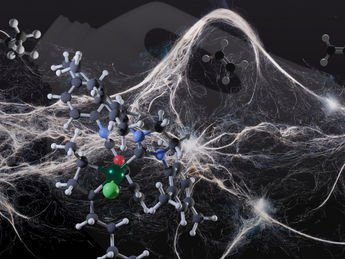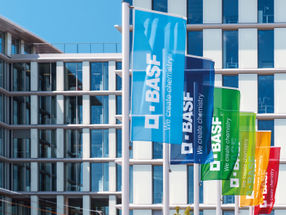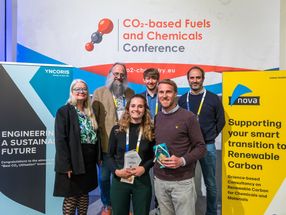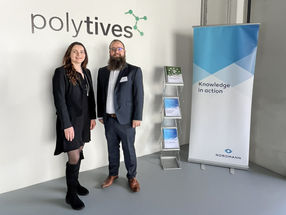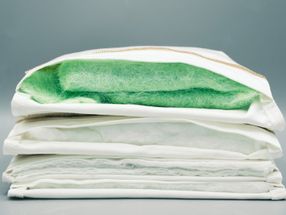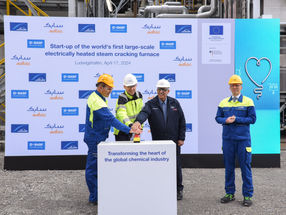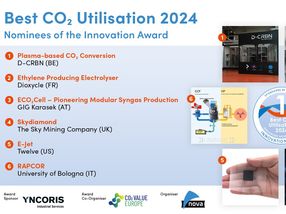Prices Under Pressure: Ceresana Analyzes the Global Market for Propylene
propylene is the second most important petrochemical feedstock: Direct applications include, besides the plastic polypropylene, production of important chemicals such as propylene oxide, acrylonitrile, cumene, butyraldehyde, and acrylic acid. „About 85 million tonnes of propylene were consumed worldwide in 2013" says Oliver Kutsch, CEO of the market research institute Ceresana. In a current study Ceresana analyses which effect the shale gas boom in the USA and new production processes will have on the global market for propylene and its derivatives. Forecast are provided for up until 2021.
Slowdown of Growth in Revenues
A large share of propylene output occurs either as by-product in the steam cracking of ethylene or catalytic cracking in refineries. As a result of an increasing use of ethane, steam crackers produce more and more ethylene and less and less propylene. But Ceresana expects a rising amount of propylene to be manufactured using on-purpose technologies. This development is expected to lead to a stabilization of prices for propylene. Thus, Ceresana expects propylene revenues to rise at a lower rate of 5.3% p.a. until 2021, compared to the previous eight years, even though demand for propylene continues to rise quite significantly.
Increasing Capacity by Propane Dehydrogenation
The most important of the on-purpose technologies for the production of propylene is the dehydrogenation of propane (PDH technology). Given an increasing price differential between propylene and propane, this technology is becoming more profitable not only in countries with extensive gas resources. New PDH plants are currently put on stream in various regions. Production potential for propylene will rise accordingly.
Regional Differences
Supported by the new PDH plants, propylene production in North America will rise significantly in the future after output fell between 2005 and 2013. The highest growth rates, on the other hand, we forecast for Eastern Europe, where development will be dominated by Russia, and the Middle East. Western Europe, however, will suffer the combined effects of increasing international pricing pressure and weak demand development: Ceresana is anticipating a decline of production volume in this region.
China's Appetite for Propylene
As a result of the limited Chinese crude oil resource, manufacturers of propylene are dependent in imports. Output of non-crude oil based propylene products is to be increased considerably in the future. In order to achieve this goal, new CTO (coal to olefins) and PDH plants will be put on stream. According to analyses of Ceresana, Chinese production will thus increase by up to 8% p.a. in upcoming years. Due a rapid surge of demand, however, China will continue to import large amounts of propylene.
Polypropylene Prime Application
The by far largest share of global propylene output, about two thirds, is processed into polypropylene (PP). Ceresana forecasts demand in the production of this plastic to increase by 3.7% p.a. until 2021 and to thus dominate demand development on the market for propylene. Polypropylene is one of the most versatile packaging materials. It is also used to produce fibers and textiles, parts for vehicles, electronic goods and household items.
Important Chemicals
Second largest sales market propylene is the production of propylene oxide, followed by the manufacturing of acrylonitrile, butyraldehyde, cumene, and acrylic acid. Propylene oxide is processed into polyurethane, varnishes and adhesives, polyester resins, antifreeze and cooling agents as well as solvents. In addition to the production of the engineering plastic acrylonitrile butadiene styrene (ABS), acrylonitrile is also used to produce acrylic fibers that are then processed into textiles. Butyraldehyde is an intermediate in the production of butanol and 2-ethylhexanol. Cumene is mainly used to manufacture phenol and acetone, and is therefore also a precursor for bisphenol A, phenolic resins, caprolactam, and methyl methacrylate. Acrylic acid is, for example, needed for superabsorbent plastics (SAP).
Most read news
Organizations
Other news from the department business & finance

Get the chemical industry in your inbox
From now on, don't miss a thing: Our newsletter for the chemical industry, analytics, lab technology and process engineering brings you up to date every Tuesday and Thursday. The latest industry news, product highlights and innovations - compact and easy to understand in your inbox. Researched by us so you don't have to.
